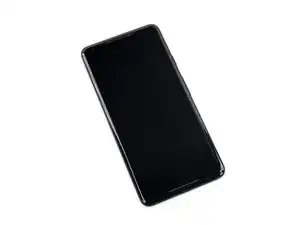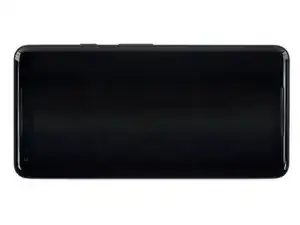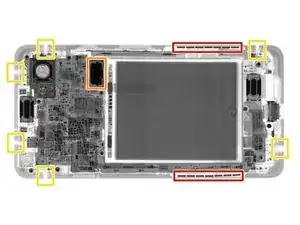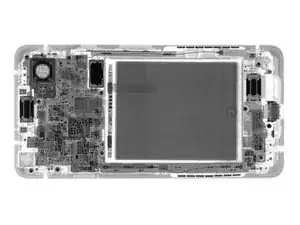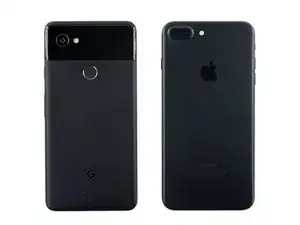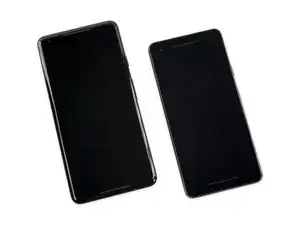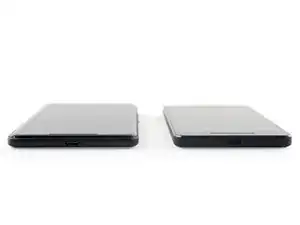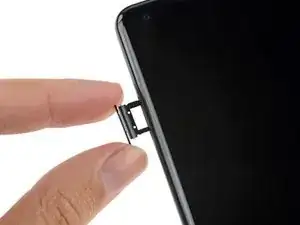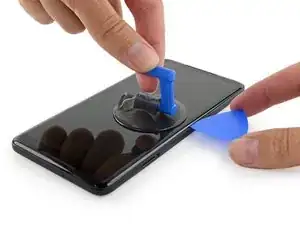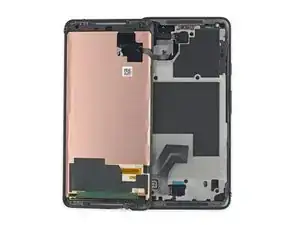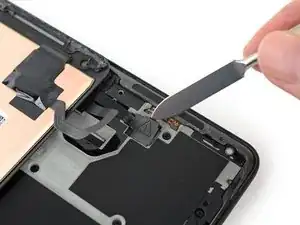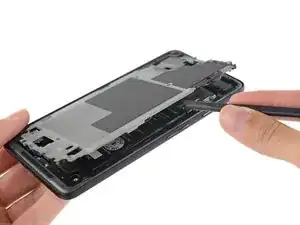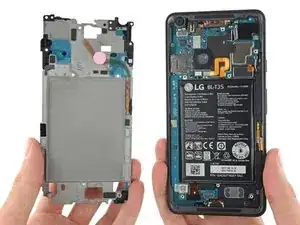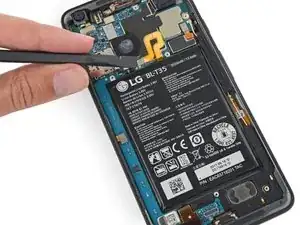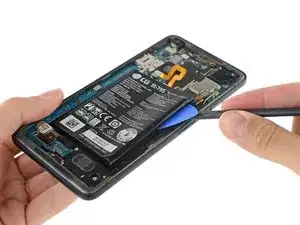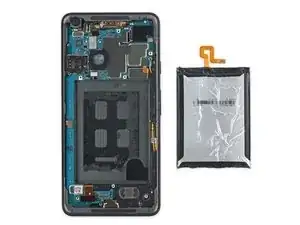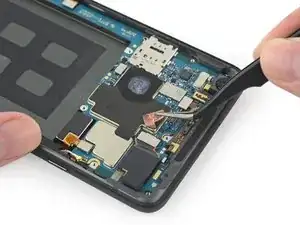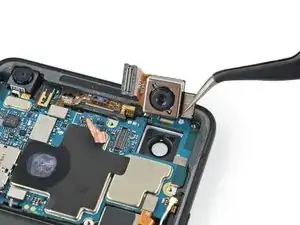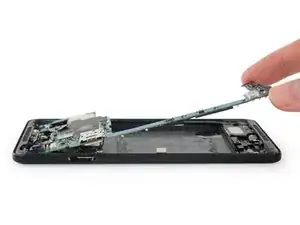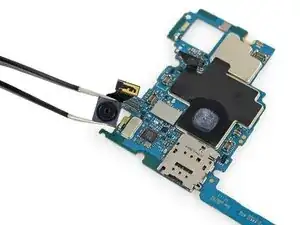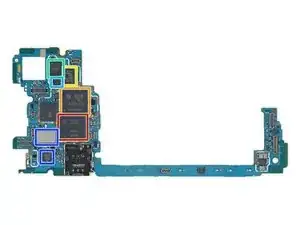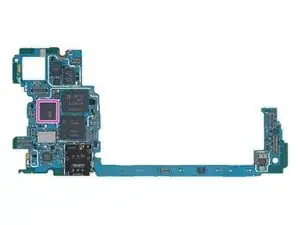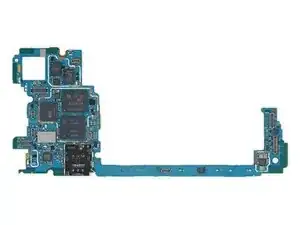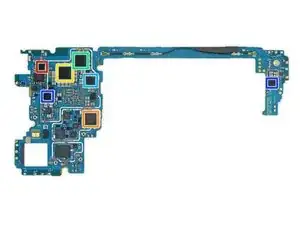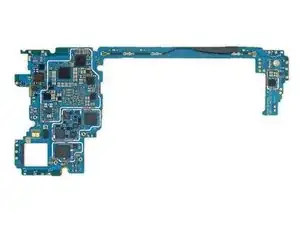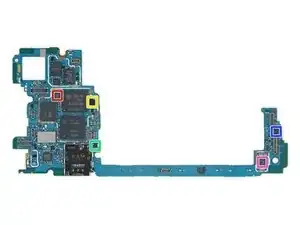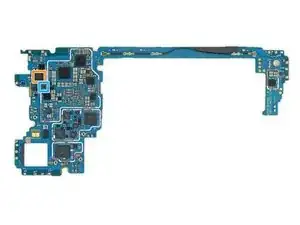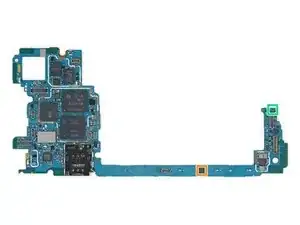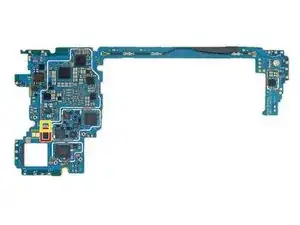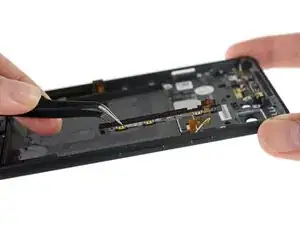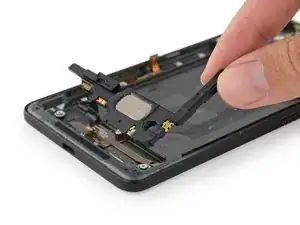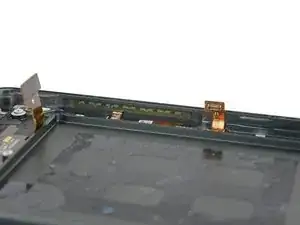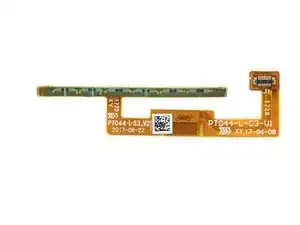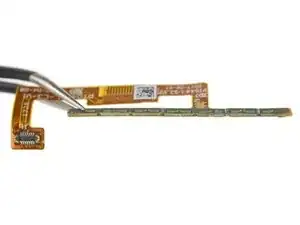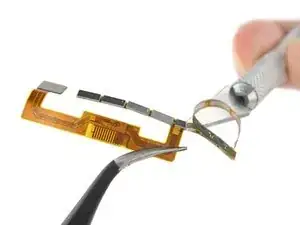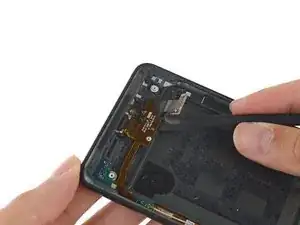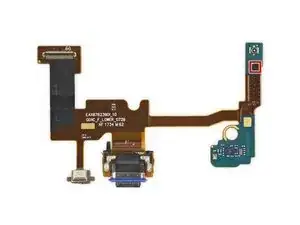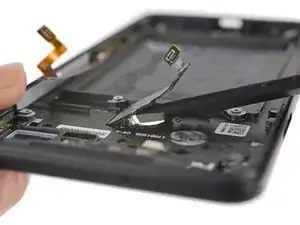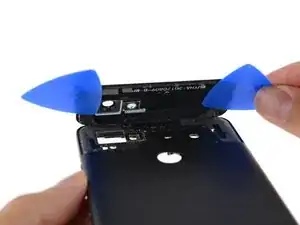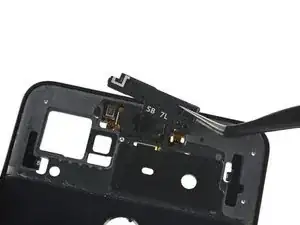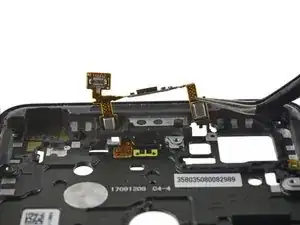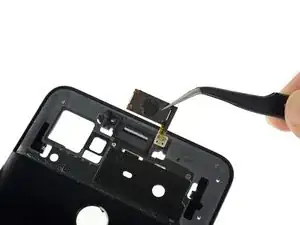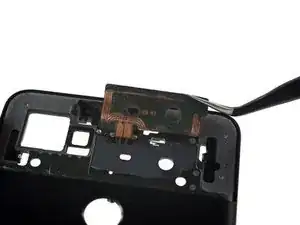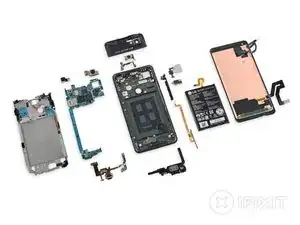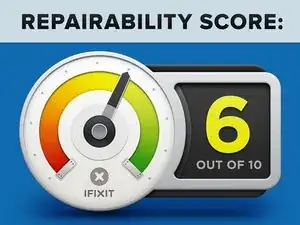Introduction
Google revolutionizes the smartphone market with the Pixel 2 XL, offering new squeezability. We're hoping a teardown will reveal just how huggable this phone is. Follow along as we plumb the depths of Google's latest, greatest (and biggest) handset!
Want to squeeze every drop of teardown knowledge out of us? Follow us on Facebook, Instagram, or Twitter.
Tools
-
-
A quick overview of the high-end tech Google's hardware team squeezed into this phone:
-
6" Plastic OLED (POLED) display with QHD+ 1440 x 2880 resolution (538 ppi) and 3D Gorilla Glass 5
-
Octa-core, 64-bit Qualcomm Snapdragon 835 processor (2.35 GHz + 1.9 GHz) with 4 GB LPDDR4x RAM
-
12.2 MP, f/1.8 main camera with dual pixel phase detection autofocus and laser detection autofocus; 8 MP selfie camera
-
64 GB or 128 GB built-in storage
-
Pixel Imprint back-mounted fingerprint sensor
-
IP67 water and dust resistant
-
Android 8.0 Oreo
-
-
-
Our friends from Creative Electron drove all the way up from San Marcos, CA to provide us with some X-ray intelligence.
-
These two rows of super-dense rectangles look like they're in the right spot to be the squeeze sensors. Our magnet is attracted to them through the case, but they are not magnets. We'll have to peel them out to learn their secrets.
-
Looks like the vibration motor is (again) a linear oscillator.
-
Despite being completely invisible to the naked eye, the Pixel 2 XL does sport antenna bands—those light spots around the perimeter of the rear case.
-
Even with our X-ray vision, we are not seeing a headphone jack...
-
-
-
Google urges the world to “ask more of your phone," although it's hard to ask for a whole lot more than the styling from an iPhone 7 Plus.
-
However, we can ask for a bit more from the Pixel 2 XL than the standard Pixel 2. The XL gets less bezel and more screen for a sleeker overall design.
-
Compared to the standard 2D screen on the standard Pixel 2, the XL screen gives users a whole ‘nother half dimension!
-
-
-
Waterproofing a smartphone means sealing up all of the ingress points. We find our first evidence of Google's efforts in a gasket on the SIM tray.
-
In a departure from standard smartphone opening procedure, we leave the iOpener behind today. The Pixel 2 employs a foam tape that can be separated without applying heat.
-
Inside we find long cables—a welcome respite from some treacherous openings with past smartphones.
-
-
-
We'll have to untether the display before going any further. Its two cables are secured by plastic plugs in the midframe, and they only come out with some encouragement from a hefty pry tool.
-
Just like in the original Pixel XL, a magnesium midframe separates the display from the innards, and provides a solid backing behind the display for when you're candy crushing it.
-
Piggybacking onto that midframe, we find a brand new heat pipe! Looks like this phone might just run a bit hotter than its previous incarnation.
-
-
-
Last year, the HTC-built Pixel XL showed us a novel way to remove an adhered battery—a perforated outer label let you pull the battery out of its shell, then easily peel off the rest of the label.
-
This year, it seems LG's industrial design doesn't include any provisions for easily removing the battery. (RIP, ye olde LG.)
-
This battery holds 13.6 Wh (3520 mAh at 3.85 V), slightly more than last year's 13.28 Wh.
-
That's roughly on-par with the 13.48 Wh power pack in Samsung's Galaxy S8+, and considerably more than the 10.28 Wh the iPhone 8 Plus manages to get away with.
-
-
-
We peel back some copper tape to unleash the XL's beast of a main camera.
-
Although the megapixel count on this camera is close to last year's, the similarities between the sensors end there.
-
Also there's a new Google Lens? Oh, oh it's not—okay, not a physical lens, gotcha.
-
-
-
The front sensor array gets unplugged, but stays in the phone for now—we have bigger fish to fry.
-
Along with a few other connectors, that's all that's holding this motherboard in— seems like those midframe screws were the only fasteners!
-
The motherboard is out! But we have one minor barnacle to remove.
-
The 8 MP front-facing camera pops free readily, and can rest easy, knowing it's a full megapixel better than the latest iPhone offerings.
-
-
-
From sand to silicon—with all the chips on this board, it's a mini Sahara. Let's name a few of them!
-
Samsung K3UH5H50MM-NGCJ 4 GB LPDDR4 mobile DRAM, layered over a Qualcomm Snapdragon 835
-
Samsung KLUCG4J1ED-B0C1 64 GB Universal Flash Storage
-
Avago AFEM-9046 front end module
-
Qorvo QM78035 (possibly RF Fusion module?) probably RF amplifier
-
Skyworks 7360-2A 1716 HX
-
NXP 81A04 (PN81A) 39 04 sSD730 (likely NFC controller) and Murata SS7715005 (Wifi/Bluetooth module?)
-
Last but certainly not least, we have Google's very first in-house, custom-designed SoC, the Pixel Visual Core, labeled SR3HX X726C502. Currently lying dormant, the Pixel Visual Core will be enabled with Android 8.1.
-
-
-
Elsewhere beneath the crust, we dig up:
-
ST Microelectronics ST33G1M2 32 bit MCU with ARM SecurCore SC300
-
Qualcomm WTR5975 Gigabit LTE RF transceiver
-
Qualcomm PM8998 power management IC
-
Qualcomm PMI8998 power management
-
Qualcomm SMB1381 Quick Charge 4 IC
-
Texas Instruments TAS2557 class-D mono audio amplifier
-
-
-
IC Identification, pt. 2:
-
Qualcomm QET4100 envelope tracker
-
Qualcomm WCDxxxx audio codec
-
Maxim Integrated MAX11259 24-bit delta-sigma analog-to-digital converter
-
Texas Instruments DRV2624 haptic driver
-
ON Semiconductor NL3HS2222 USB 2.0 DPDT switch
-
ON Semiconductor FSUSB74 USB 2.0 switch (likely)
-
Texas Instruments backlight driver (likely)
-
-
-
With the meat of the Pixel pulled out, we just have a few case peripherals to attend to.
-
The volume/power button switches live on a single cable backed by a plastic frame.
-
The speaker assembly comes out next, giving us our first good look at the... squeezy sensor.
-
Based on the way the technology is implemented, we're expecting something similar to Apple's Force Touch trackpad. Let's get this sensor out of the case and see if we can make any sense out of it.
-
-
-
Here it is, the secret to the squeeze—half of the pair of sensors responsible for detecting when you squeeze the edge of your Pixel 2 XL.
-
The sensor consists of a flexible printed circuit board wrapped around both sides of a line of steel chunks, with strain gauges bridging the gaps between the metal bits.
-
Having two rows of strain gauges separated by spacers should give this sensor higher resolution than a single strip of gauges would, allowing it to detect even the slightest of deflections.
-
As you squeeze, the outer row of gauges should be shortened, while the inner row is lengthened. This gives the Pixel software a larger absolute deflection to detect and measure to trigger the feature.
-
-
-
Some dainty halberd-spudgering grants us a look at the USB-C port assembly.
-
Plus, in the absence of a headphone jack, we can expect double the stress on this port, as you'll be using it for media and charging.
-
This year's fingerprint sensor brings a much cleaner cable job, making this sensor removal a snap. (Get it? 'Cause fingers.)
-
AKM Semiconductor AK09915C 3-axis electronic compass
-
-
-
While the display glass was held down with some easy-to-slice foam adhesive, the rear glass is a different story.
-
We suspect this thick pad of sticky adhesive is here as a shock absorber to protect the glass from falls. Whatever the reason, we had to bring plenty of heat to extract it.
-
This little antenna-laced cover pops off to reveal the front sensor cable, accessible only from the back after removing the glass.
-
-
-
Lastly, we free two more components that live trapped beneath the glued-down glass back.
-
The earpiece speaker and NFC antenna both come out, but only after applying some more heat—each is solidly adhered in place.
-
-
-
The Pixel 2 XL earns a 6 out of 10 on our repairability scale (10 is the easiest to repair):
-
Many components are modular and can be replaced once the display assembly is removed.
-
All of the screws are common Phillips #00 screws, and there are only 9 of them.
-
The display is still thin and poorly supported, especially around the grilles, but foam adhesive makes the opening process easier.
-
The battery's loss of pull-tab adhesive, plus tightly walled-in placement, makes it much harder to remove.
-
The stubborn midframe and tight-fitting display cable covers make for more labor-intensive repairs.
-
36 comments
Great work, so quick! What can you tell about the Pixel Core chip? which was the surprise revelation from google. Does it look similar to other neural chips from iphone or huawei mate 10 pro?
Do you know what camera sensor is used in the 2 XL? Rumours have it as the same base sensor as the LG.
Jon -
Like to see the new Google SoC. Suppose to do 3 trillion operations a second so would like to how big. Does not appear you listed?
Edit: Woops! I see in step 9. Thanks!
